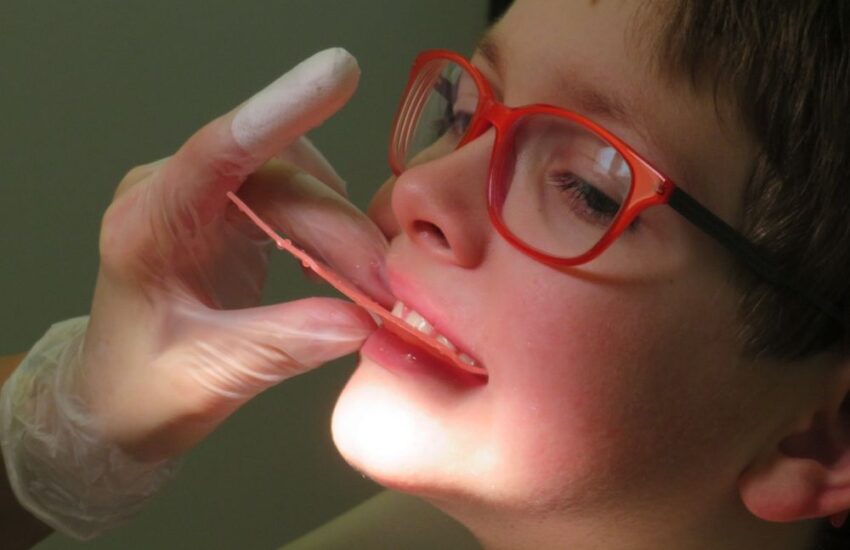What are Dental impression systems and its Growth in Healthcare?
Dental impression systems are used to capture intraoral scans of a patient’s teeth and gingival tissue to create a 3D digital model for CAD/CAM dentistry. Modern digital impressions enable dentists to use lasers and other optical scanning tools to make a virtual, computer-generated reproduction of the hard and soft tissues in the mouth. The digital technique eliminates the need for conventional impression materials, which some patients find cumbersome and untidy, and quickly collects clear and extremely accurate impression data. Because conventional impression materials are not used, many patients find that taking digital impressions is simpler and more pleasant. The computer is used to build restorations using the impression data, frequently without the usage of stone models.
Dental impressions are used to create an exact mould of the teeth for restoration, orthodontic appliances, and other purposes. The American Dental Association (ADA) reports that 53% of dentists worldwide use intraoral scanners for treatment. The annual cost of an intraoral scanner ranges from USD 3000 to USD 5000. Each year, approximately (5-10)% of dentists worldwide use an intraoral scanner to create a digital dental impression. In the United States, there are 201,117 dentists working as of 2020.
The global dental impression systems market was worth $1.38 billion in 2021 and is expected to grow to $2.73 billion by 2030, at a CAGR of 7.83% from 2021 to 2030.
COVID-19 impact analysis
COVID-19 has led to an increase in the number of patients visiting healthcare facilities around the world. On the other hand, as a result of the pandemic, the number of patients visiting dentists has decreased. However, demand for dental impressions is expected to return to pre-COVID levels soon.
Market Drivers
The rising prevalence of dental problems is a major factor driving the overall expansion of the dental impression materials market. The major factor driving the dental impression materials market is the growing geriatric population. Poor diet and bad lifestyle habits, particularly among teenagers, cause tooth problems, driving the dental impression materials market forward.
Other factors, such as the increased number of dental laboratories and dental clinics, rising dental care expenditures, and technological advancements, are all contributing to the significant increase in dental impression material sales.
Market Restraints
Higher costs and limited reimbursements for dental treatment are the two major factors impeding its market growth from 2020 to 2028.
Market Opportunity
The rising popularity of cosmetic dentistry is the primary driver of this market’s expansion. Cosmetic production has increased by approximately 12.5% over the last five years, according to the AACD (American Association for Counselling and Development), and most dentists (around 79%) anticipate even greater growth over the next five years.
Segmentation analysis
- Product-wise, ‘Intraoral Scanners’ will significantly dominate the market in 2020, with a total value of USD 418.58 million and a CAGR of 11.1%. The majority of this segment is due to the high accuracy of dental impressions, which reduces the time required to perform surgical procedures.
- According to Applications, ‘Restorative & Prosthodontics Dentistry’ will dominate the market in 2020, with a CAGR of 5.93%.
- With a total CAGR of 6.73%, ‘Dental Hospitals & Clinics’ dominated the market in 2020. The rise in the number of hospitals globally and the adoption of highly advanced technologies are driving significant growth in this market segment.
- ‘Europe’ ruled the market in 2020, with approximately 1.08 million dental surgeries performed each year. This region has the highest share due to the enormous demand for technologically advanced products and the rising prevalence of cosmetic dentistry and dental diseases.
Because of growing medical tourism, an increase in the number of patients, and an increase in disposable incomes, the Asia-Pacific region is the fastest-growing market, with a robust CAGR.
Competitive landscape
The key players in the dental impression materials market are focusing on mergers and collaborations to boost dental impression material sales.
The Straumann Group, Glidewell Dental Labs, Bicon, LLC, Hioseen Implant, Keystone Dental, Inc., DENTSPLY Sirona, Shofu Dental Corporation, Thommen Medical, Southern Implant, and other companies, Dentapreg, Stick Tech Ltd., KURARAY CO., LTD., Dental Ventures of America, Inc., GC America Inc., and Kerr Corporation are key players in the dental impression materials market.
Conclusion
Dental practises can save a lot of money with digital scanning machines after the first expenditure, which is typically between $21,000 to $24,000 for equipment and training. Traditional impression materials, which run about $30 per impression, are significantly less necessary thanks to them. Since files are supplied electronically, there are no shipping expenses. Additionally, because digital scanning is more accurate and simple, there are fewer or no revisions or remakes that are required, saving time, efficiency, and material and labour costs.
